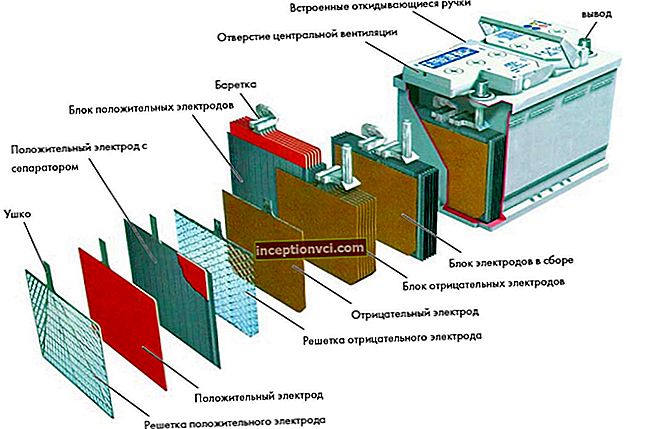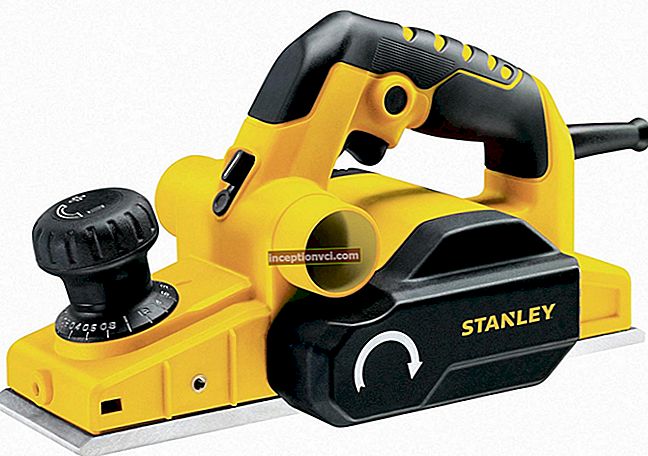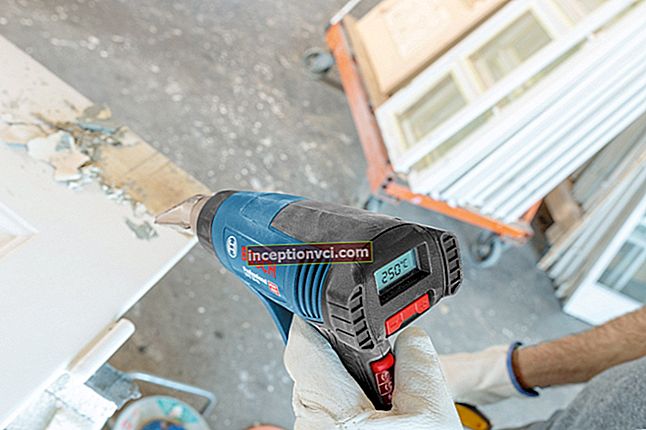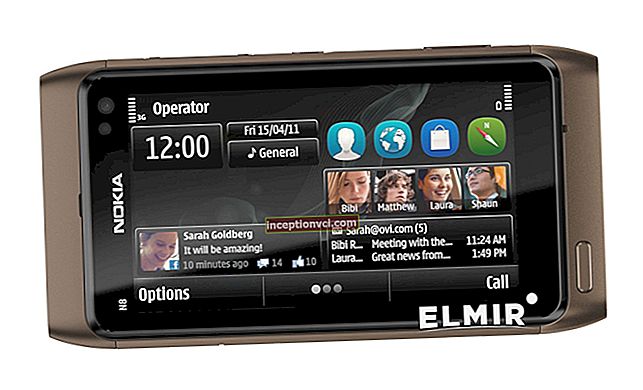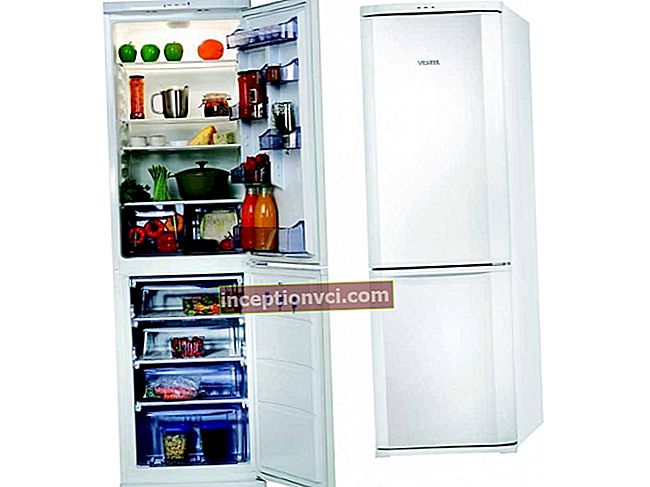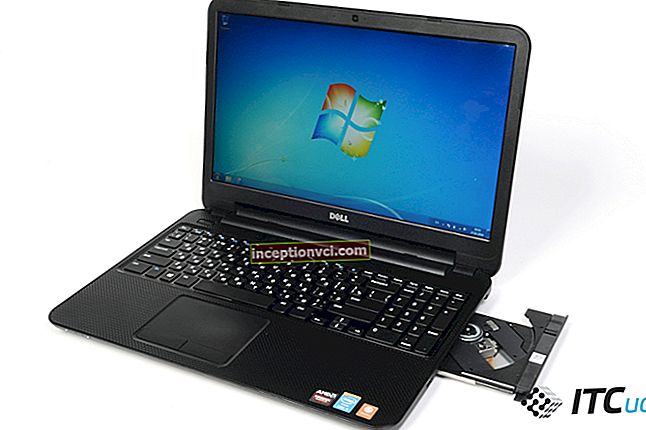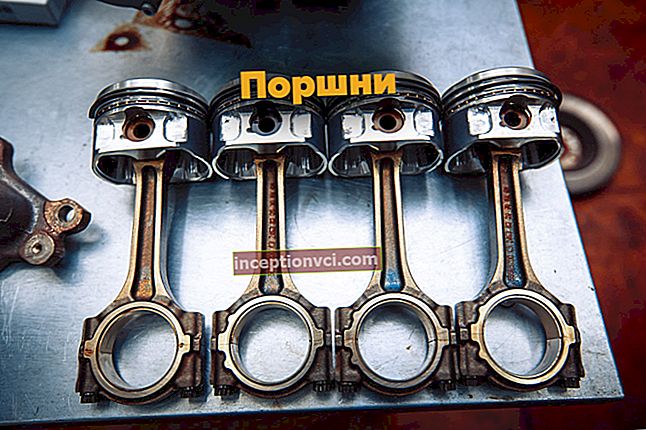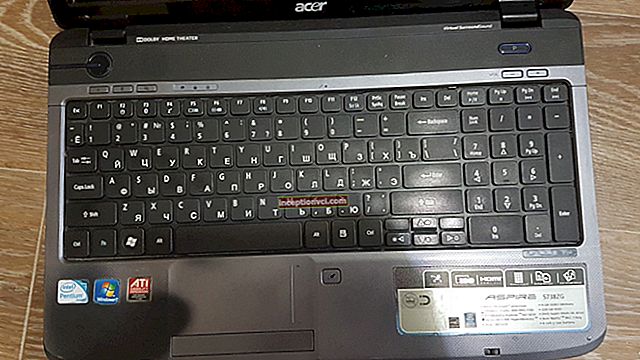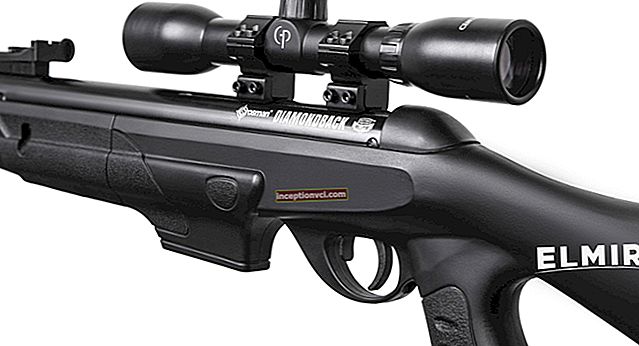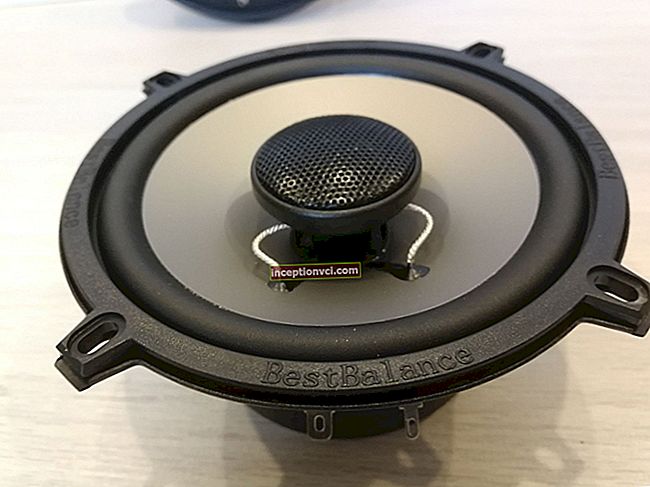Before choosing a board, decide what kind of sliding you are going to do. There are three of them:
- Freestyle - spectacular, massive, fun and extreme. If you are interested in jumps, tricks, spins, board grabs, then this sport was invented just for you! You will jump from trampolines, fly over obstacles, bruise and sew up wounds if you land inaccurately :) In general, this is a sport for those who think that scars decorate, and adrenaline in their blood should go beyond all possible norms.
- Freeride - free skating. This is a cross between downhill and tricking on the snow. Do you like skiing in the mountains, jumping from eaves and snow puffs? No "frames"! It is for this reason that most boards are designed for freeriding.
- Racing - downhill. At first glance, this seems like a simple style. But it was not there. You can't do without special skills and experience. Rushing on wild, untouched paths is quite traumatic - you can twist your neck -)).
Have you decided on the direction? Perfectly! Now, attention to the following indicators. When choosing a snowboard, you cannot do without them.
- Rostovka
It is from the correctly selected length of the snowboard that the stability of the arc of the turn on the board depends. The size is calculated based on the height and weight of the person. There is no need to philosophize in calculus. We give you a sign. Use and enjoy :)
| Your weight (kg) / Your height (cm) | 150 - 165 | 165 - 175 | 175 - 185 | 185 and more |
| 40 - 50 | 135 | 145 | 150 | 155 |
| 50 - 60 | 145 | 145 | 155 | 160 |
| 60 - 75 | 150 | 155 | 155 | 160 |
| 75 and more | 155 | 160 | 160 | 165 and more |
Longer boards are more comfortable when riding in deep snow. They are easier to handle on the fast lane. By the way, there is a lazy way to calculate the optimal board length - the tackle should be just above the chin. But this method is not ideal, since you do not take into account your body weight.
- Width
The degree of difficulty in controlling the board depends on what size of feet nature has awarded you. Choose a board as narrow as possible. BUT! In the attachment area, with the correct foot angle, the boot should not extend beyond the board by more than 1.5 cm. If you have a large foot size, then choose a board that is wider and more stable. But the narrower the board, the less effort you will apply when rolling and turning. But for those with a foot size of 45 and over, you will have to ride a snowboard marked “wide”.
- The form
The shape of the snowboard plays an important role in riding. It is selected individually, not only for the snowboarder himself, but also for the riding style.
- For freestyle, the optimal shape is called twin-tip - her tail and nose are equally rounded, of the same length, have the same rigidity and fastening strictly in the center.
- A board with a shape is more suitable for freeriding. It has a directional geometry: its nose is elongated and has a softer design.
- And here are the boards of the form all-mountain (they are called "dovetail") are more versatile. They have a pointed nose and forked tails, and are of varying length and stiffness. They provide easy access to flat glide and good course stability. You can ride them in your favorite style and on any surfaces.
- Design
Snowboards can be of two types: sandwich and cap.
- The first type of boards is heavier. The side wall serves as an additional element between the top cover and the piping. This construction is the most popular among snowboarders.
- But the design of the cap is lighter than the previous one, but not as durable and reliable. It is made from fewer materials, and the top cover of such a board covers both the core and the sides. Under heavy load, such a board begins to delaminate, and it is more difficult to repair it than a sandwich board.
- Rigidity
This feature of your board should also be matched to your riding style. If you are an aggressive rider, buy a harder board. It is the increased stiffness that presupposes recoil and acceleration. Rigid boards are the best for speed skating. And for all other types, soft boards are optimal. With their help, you can do almost everything, except for passing the slalom track. Soft models are more obedient and behave adequately at low speeds. For beginners - the very thing! The tail and nose of such equipment are rounded. They soften the unevenness of the landing.
What is the best sliding surface material
In order not to write in directories, there are only two of them:
- Extruded - this type of surface is obtained by applying a molten material. The board glides well, is soft, but less resistant to damage. It's almost the perfect choice for the beginner snowboarder. The board is quite cheap, not pretentious in care. It is quite easy to repair and restore it.
- Sintered - obtained by hot pressing. The surface is harder, more resistant to damage, does not allow water to pass through, absorbs wax well, but requires careful maintenance.
Graphite is added to both types of snowboard sliding surfaces, which reduces the electrical charge on the surface and improves sliding.
What should be the shoes
Now about what you need to get off the mountain, except for the board itself. In sneakers or felt boots, you will not stand on it. Or you will, but you will immediately understand that this option is meaningless and merciless :)
Snowboarding boots should be as comfortable as any other shoe. Such, to shod and forget. The main thing in the boots is that they do not crush, do not fall, the leg "fits" tightly, does not crawl inside.
- Choose a comfortable last, size. Your stability on the board and fatigue by the end of the rest will largely depend on them :)
- Also, bots are distinguished by their rigidity.
- Slalom requires hard boots. The leg sits in them, like a glove.
- Soft boots are suitable for any other type of riding. They wear out quickly, and those shoes, which at first seemed too small, will be in good time in three days.
Mounting features
The mount is matched to the boot and board. Its function is to hold the shoe firmly without pinching the foot. The fixation on the board should be such that it seems to be born with it. Crepes should be strong, metal clips - only a plus. When choosing a mount, check its fit to the boot.
Advice: choosing equipment for yourself is not a matter of a minute. After all, the quality and pleasure of the ride itself depends on the board and boots you choose, and on other factors! You should not save on the choice of equipment.